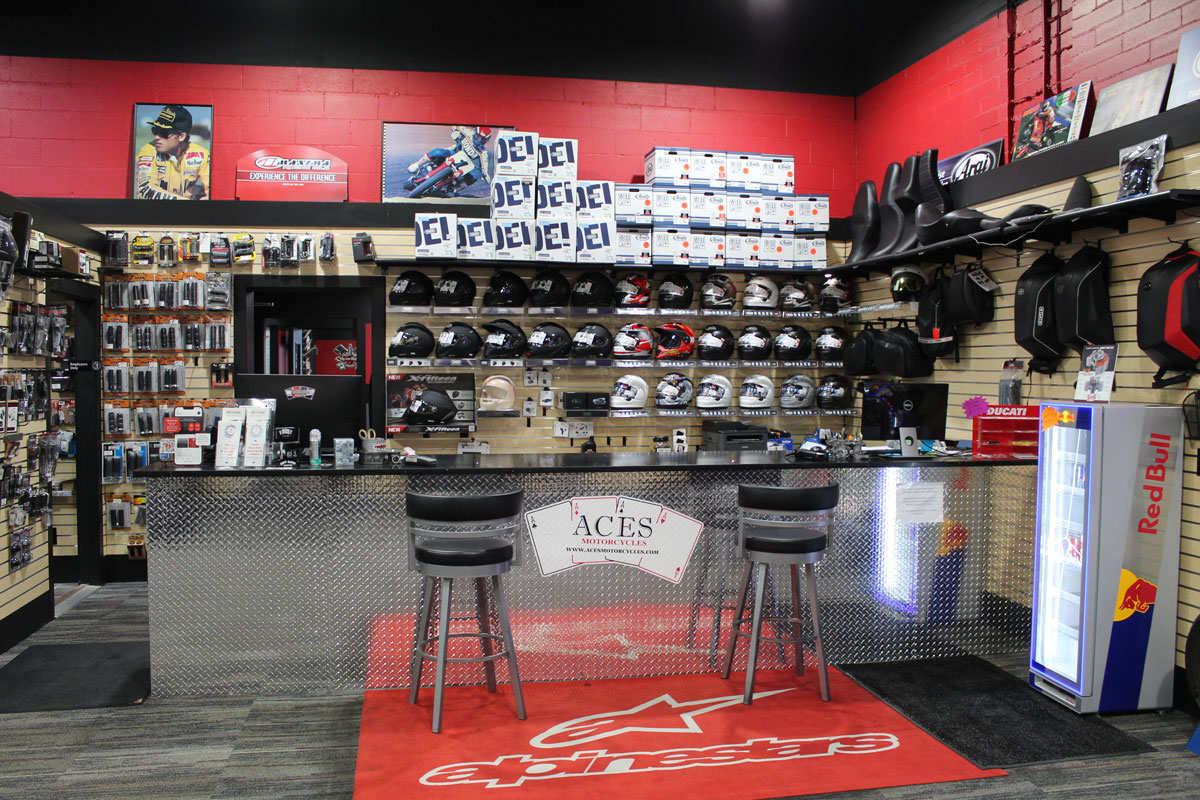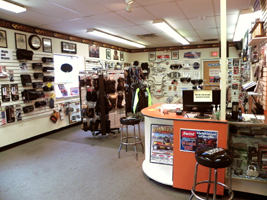Comprehending the Vital Components of a Motorcycle: A Comprehensive Guide for Lovers
For bike fanatics looking to boost their riding experience and ensure their bikes run efficiently, understanding the necessary elements of a motorbike is vital. Each component, from the engine's intricate workings to the crucial role of the stopping devices, not only impacts performance yet also safety and security and comfort. This guide will walk with the basic components that every motorcyclist must know with, allowing notified choices in both upkeep and possible upgrades. As we start this exploration, one must ask: exactly how does each part connect to create the seamless trip every fanatic looks for?
Engine Components

The camshaft plays an important role in managing the timing of the engine's shutoffs, making certain the exact opening and closing required for reliable fuel and air consumption, in addition to exhaust expulsion. This timing is crucial to keeping optimal engine performance and efficiency. Furthermore, the carburetor or gas shot system, depending on the motorbike model, is in charge of blending air with fuel in the proper ratio for combustion.
The cooling system, either air or liquid-based, works to preserve the engine's temperature level within operational limits, protecting against overheating and making certain longevity - mx gear nz. Each component, diligently designed and integrated, contributes to the seamless procedure of the engine, specifying the bike's power output and general efficiency
Transmission System
Integral to the motorcycle's performance, the transmission system ensures effective power transfer from the engine to the wheels. This system makes up several essential components, including the clutch, gearbox, and final drive, each playing an important role in equating the engine's power into movement. The clutch, usually run by a hand bar, serves to engage and disengage the engine from the transmission, enabling for smooth gear changes and regulated acceleration.
The gearbox, typically referred to as the transmission correct, has a collection of equipments that cyclists can manually move with to change the bike's speed and torque result. These gears are arranged in a series that makes it possible for the bike to accelerate efficiently and keep ideal engine efficiency throughout different speeds. Many motorbikes use a sequential gearbox, calling for the cyclist to shift equipments in a fixed order.
Braking Systems
While recognizing the transmission system is key to using a motorbike's power, similarly vital is the capability to regulate and quit that power efficiently, which is where stopping systems come into play. Brakes are essential for safety and security and efficiency, offering the cyclist with the needed control to navigate various terrains and problems. Usually, bikes feature two kinds of stopping systems: disc brakes and drum brakes.
Disc brakes are extra common in modern motorbikes as a result of their read what he said premium performance. They are composed of a brake disc, caliper, and pads. When triggered, the caliper presses the brake pads against the rotating disc, transforming kinetic power right into warm, thereby reducing the wheel. This system offers better heat dissipation, constant efficiency, and improved quiting power, particularly in wet conditions.
Conversely, drum brakes, though much less usual, are still found in some motorbikes. They work by pushing brake footwear against the inner surface of a drum affixed to the wheel. While generally less efficient in warm dissipation and quiting power, drum brakes are simpler and much more cost-effective.
Recognizing these braking systems' nuances allows bikers to preserve their motorcycles effectively and value the design that ensures reliable and secure quiting.
Suspension and Guiding
Suspension and steering systems are vital components that considerably affect a motorbike's handling and ride comfort. The shock absorber, consisting of forks at the front and shock absorbers at the back, takes in road abnormalities, improving security and control. Front forks, upside down or usually telescopic, compress and rebound to minimize impacts, while back shock absorbers keep tire call with the road, vital for grip and security.
Steering, centered around the handlebars, connects the rider to the motorcycle's directional control. The guiding head bearings make sure smooth operation, allowing precise ability to move. Appropriate placement and maintenance of these bearings are critical for predictable steering response and reducing biker tiredness.
The suspension's adjustability is one more crucial facet; preload, damping, and rebound setups permit modification to fit various riding conditions and designs. This versatility is vital for maximizing efficiency, whether navigating city streets or dealing with tough routes. Advancements like electronic shock absorber provide he said real-time adjustments, boosting trip top quality throughout diverse surfaces.

Electric Systems
After making sure a smooth and controlled trip via efficient suspension and guiding systems, attention transforms to the electrical systems, an essential facet of modern motorbikes. These systems play an essential function not only in beginning the engine yet also moved here in powering different components that boost the functionality and security of the bike.
At the heart of a bike's electric system is the battery, which shops electrical power required for starting the engine and powering supporting systems - motorbike shop. The alternator or generator, paired with the rectifier-regulator, ensures the battery remains charged while the bike is in operation, converting power right into electric energy and preserving voltage levels
The ignition system, one more vital component, is accountable for stiring up the air-fuel mixture in the engine's cylinders. Modern bikes commonly utilize an electronic ignition system, providing greater effectiveness and dependability contrasted to standard systems.
Lights systems, including fronts lights, tail lights, and indications, are additionally essential, making certain exposure and security for the motorcyclist. Extra electronic elements such as sensing units, control devices, and shows add to innovative features like fuel injection monitoring, anti-lock stopping systems (ABDOMINAL MUSCLE), and electronic control panels, further boosting the riding experience.
Verdict
A comprehensive understanding of a motorbike's vital components, consisting of the engine, transmission system, braking devices, suspension, steering, and electric systems, is vital for fanatics intending to optimize security, performance, and comfort. Mastery of these elements enables educated decisions regarding upkeep and upgrades, ultimately boosting the riding experience. By integrating this expertise, cyclists can guarantee their motorcycles operate at peak effectiveness and reliability, thereby optimizing both pleasure and longevity of their vehicles.
For motorcycle fanatics looking to elevate their riding experience and ensure their bikes run efficiently, understanding the important components of a bike is paramount.Indispensable to the bike's performance, the transmission system makes certain reliable power transfer from the engine to the wheels.While recognizing the transmission system is vital to using a bike's power, just as crucial is the capability to regulate and stop that power successfully, which is where braking mechanisms come into play. Typically, bikes include 2 types of stopping systems: disc brakes and drum brakes.
A complete understanding of a motorbike's necessary components, consisting of the engine, transmission system, stopping mechanisms, suspension, guiding, and electric systems, is important for fanatics intending to maximize comfort, performance, and safety and security.